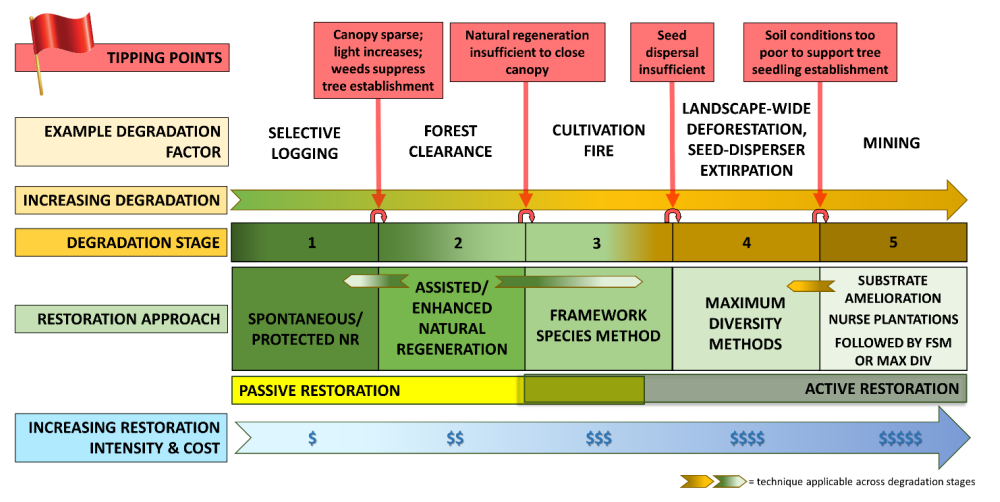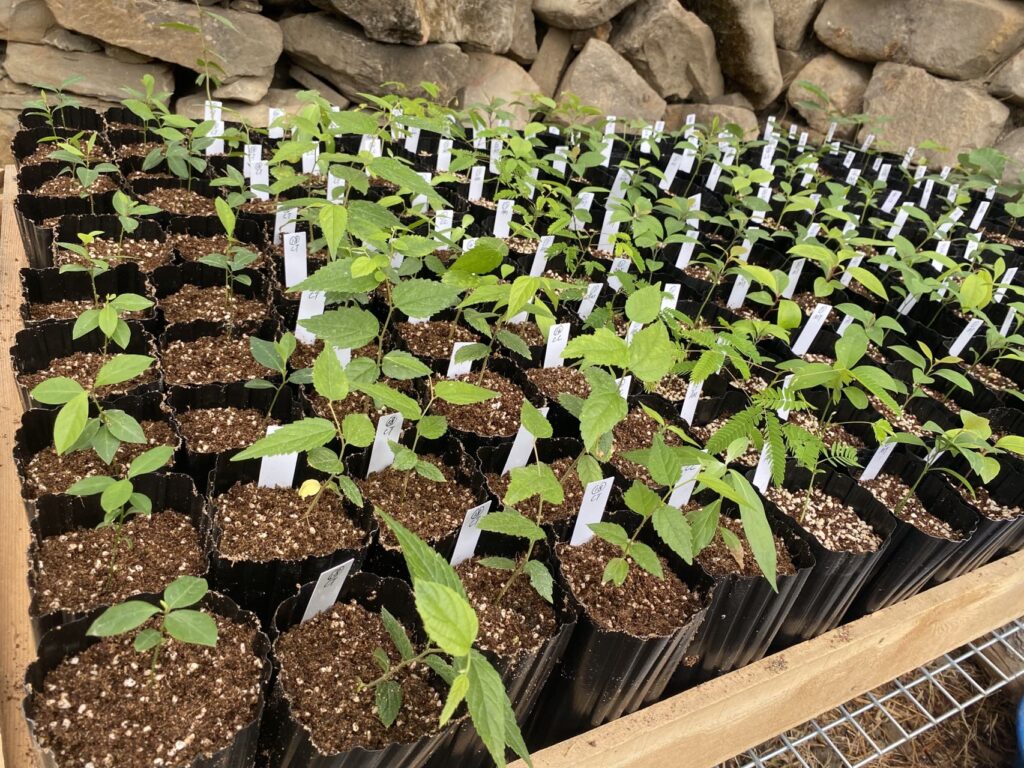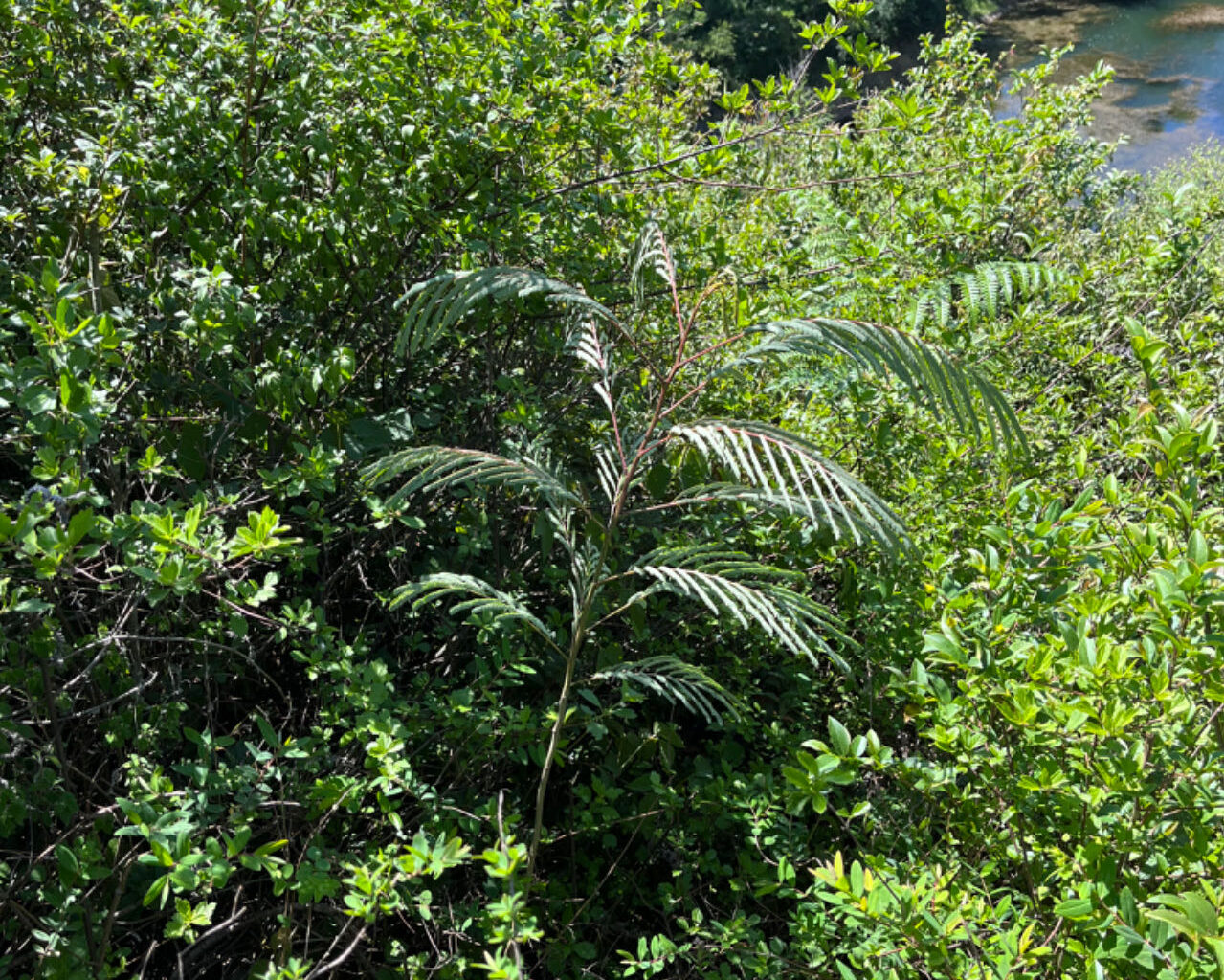The methodology
EACH SITE A TAILORED APPROACH
Each restoration project is unique. Ecosystem, altitude, soil type, water availability, the level of degradation, surrounding environment.. These and many other factors determine which restoration methodology is appropriate and which tree species will need to be planted. Thorough analysis is therefore needed for each individual restoration site (Elliott, 2022).


FRAMEWORK SPECIES
The framework species method involves planting 20 to 30 carefully selected tree species and caring for them for 2 years (watering, weeding, fertilizing). The planted trees ‘re-capture’ the site by shading out herbaceous weeds and re-establish a forest structure by developing a multi-layered canopy. As these 20 to 30 species only represent a small fraction of the forest ecoystem’s species, recovery relies on birds, bats and other small mammals being attracted to the site, acting as seed-dispersers of other plant and tree species (Elliott, 2005).
ASSISTED NATURAL REGENERATION
In broad terms, ANR is to facilitate or assist the recovery of the site. For this to work, much of the intended tree species will already be present, or will have a high chance of finding their way to the site via natural dispersal mechanisms.
ANR does not include the planting of trees. Preventing damage to the site (fire, grazing, etc) is a key element, as are activities to accelerate the growth of natural regenerants already established on the site.

